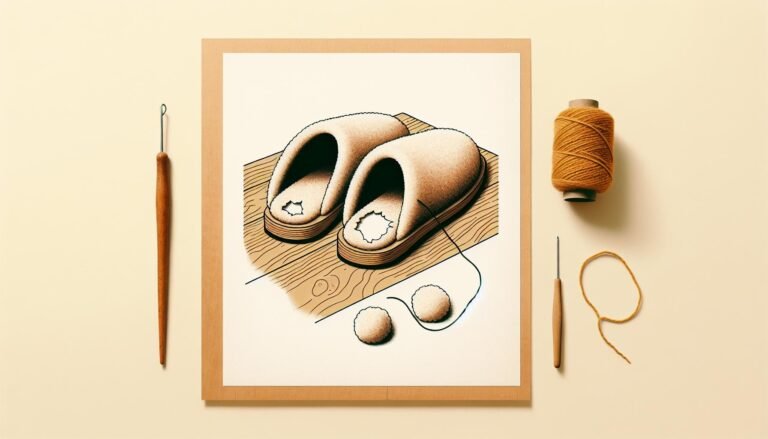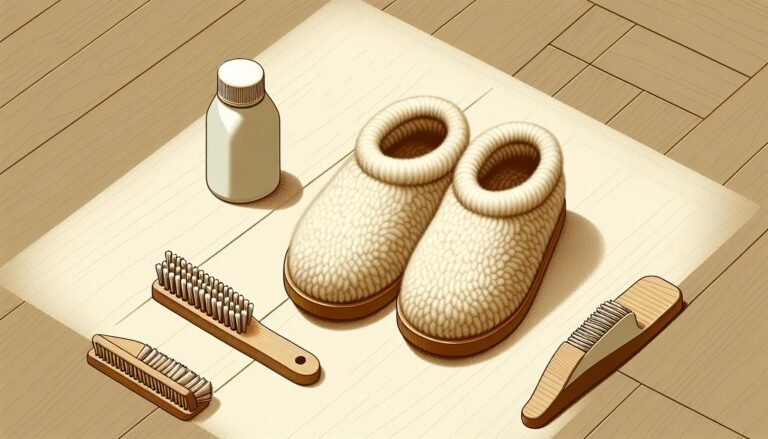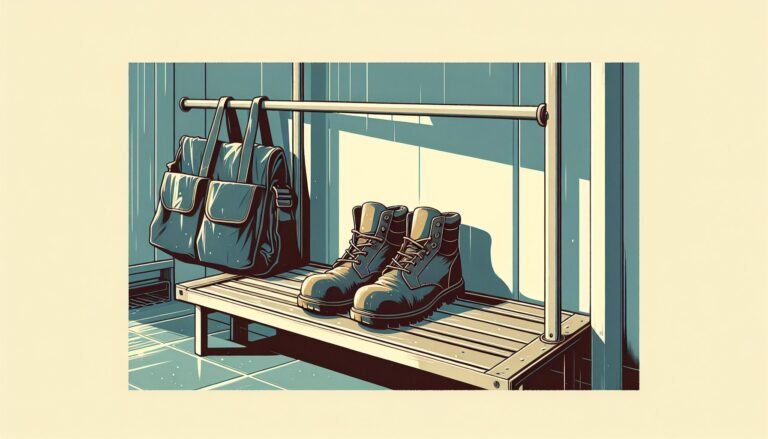Why Were High Heels Created? Unveiling Their Historical Origins
High heels, a fashion staple in many wardrobes today, have a history rooted in functionality rather than just style. Originally, high heels were not designed for fashion purposes, but rather for practical reasons. Dating back to the 10th century, high heels were created for horse riders to keep their feet secure in stirrups while riding. The raised heel helped prevent their feet from slipping out.
Over time, high heels evolved from being a practical equestrian tool to a symbol of status and fashion. In the 17th century, they became popular among European aristocrats as a way to signify wealth and privilege. Today, high heels are worn for various reasons, from formal events to everyday fashion statements, but their origins remind us of their humble beginnings as a functional accessory.
Key Takeaways
- High heels were originally created for practical reasons, aiding horse riders in securing their feet in stirrups to prevent slipping.
- Over time, high heels transitioned from a utilitarian equestrian tool to symbols of status and luxury among European aristocrats.
- High heels have a rich history, evolving from functional items to fashionable accessories worn for various occasions today.
- The cultural significance of high heels shifted in the 17th century, symbolizing wealth and privilege among the elite.
- Originally worn by men for practical and military purposes, high heels are now predominantly worn by women, symbolizing femininity and elegance.
- Modern-day high heels serve a dual purpose of fashion and functionality, with considerations for health impacts and empowerment associated with wearing them.
The Origin of High Heels
High heels have a fascinating history that dates back to the 10th century when they were initially crafted as a practical solution for horse riders needing stability in stirrups. These elevated shoes served a functional purpose, allowing riders to secure their stance while on horseback.
The Initial Purpose
The primary intention behind high heels was rooted in functionality rather than fashion. Initially designed for practical use by equestrians, these shoes gradually evolved into a symbol of status and luxury among the European elite in the 17th century. The transition from a utilitarian item to a fashionable accessory marked a significant shift in the perception and purpose of high heels.
Evolution of High Heel Functions

From Function to Fashion
In the evolution of high heels, the transition from a practical purpose to a fashion statement is notable. Initially designed for horse riders in the 10th century to improve stability in stirrups, high heels served a utilitarian function. However, their evolution into symbols of status and luxury during the 17th century transformed them into fashionable accessories. This shift marked a significant change in the perception and role of high heels, from functional necessities to fashionable items that people wear for various occasions.
High Heels in Military History
High heels have an interesting history in military contexts. In the past, they were used in warfare to elevate soldiers on horseback, providing stability and allowing them to stand securely while shooting arrows or engaging in combat. The elevated position offered by high heels gave soldiers an advantage in battle. This historical military application of high heels showcases their diverse uses beyond aesthetics, highlighting how they have served functional roles throughout history.
Cultural Significance of High Heels

High Heels in the 17th Century
In the 17th century, high heels transcended their practical origins to become symbols of wealth and status among European aristocrats. Initially designed for functionality, high heels evolved into fashionable accessories, distinguishing the elite from the commoners. The exaggerated height of the heels symbolized privilege, as only the affluent could afford such extravagant footwear. This shift marked the beginning of high heels as fashion statements rather than mere utilitarian items.
The Gender Shift in High Heel Wearers
Historically, high heels were predominantly worn by men, including warriors seeking an advantage in combat and horse riders requiring stability. However, the perception of high heels shifted over time, with women eventually becoming the primary wearers of this footwear. In the modern era, high heels are synonymous with femininity and elegance, commonly worn to enhance posture and style. The transition from men to women as the primary wearers of high heels reflects changing societal norms and fashion trends that have redefined the cultural significance of this iconic footwear.
Modern-Day High Heels and Their Uses

Building upon their rich historical background, modern-day high heels continue to serve dual roles, combining fashion with functionality. Let’s delve into how high heels are utilized in contemporary society.
Fashion and Empowerment
In the present day, high heels are not just a fashion statement but also a symbol of empowerment for many individuals. They are often associated with confidence, style, and elegance, creating a visually striking appearance. High heels can elevate an outfit, making the wearer feel more assertive and enhancing their overall demeanor. The fashion industry frequently integrates high heels into collections to emphasize sophistication and glamour, highlighting their enduring appeal across various cultures and occasions.
Health Considerations for Wearing High Heels
While high heels bring a touch of sophistication, it’s essential to consider the impact they can have on one’s health. Prolonged wearing of high heels can lead to issues like foot pain, ankle sprains, and altered posture. It’s advisable to opt for lower heel heights or wear high heels for shorter durations to mitigate potential health concerns. Choosing well-crafted, comfortable high heels and incorporating foot exercises and stretches can also help in reducing the strain on the feet and lower limbs associated with wearing high heels. Striking a balance between style and health is crucial when incorporating high heels into one’s wardrobe.

High heels have come a long way from their humble beginnings as practical footwear for horse riders to becoming iconic symbols of status and fashion. The evolution of high heels reflects not only changes in fashion but also shifts in societal norms and gender roles. Today, high heels are more than just a fashion accessory; they represent empowerment, confidence, and style. While they add a touch of elegance to any outfit, it’s essential to prioritize comfort and health when choosing the perfect pair. By striking a balance between style and well-being, individuals can enjoy the benefits of high heels without compromising on their foot health. As fashion continues to evolve, high heels remain a timeless and versatile accessory that transcends trends and continues to captivate fashion enthusiasts worldwide.
Frequently Asked Questions
What is the historical evolution of high heels?
High heels originated from practical use by horse riders in the 10th century and evolved into symbols of status and luxury for European aristocrats in the 17th century.
How have high heels shifted in terms of gender association?
High heels transitioned from being worn by men to being associated with femininity and elegance for women in modern times.
What are the contemporary uses of high heels?
High heels serve a dual role by combining fashion and functionality in today’s society, symbolizing empowerment, confidence, style, and elegance.
What health considerations should be kept in mind while wearing high heels?
It is important to choose well-crafted, comfortable heels and balance style with health to avoid potential issues like foot pain and altered posture.












